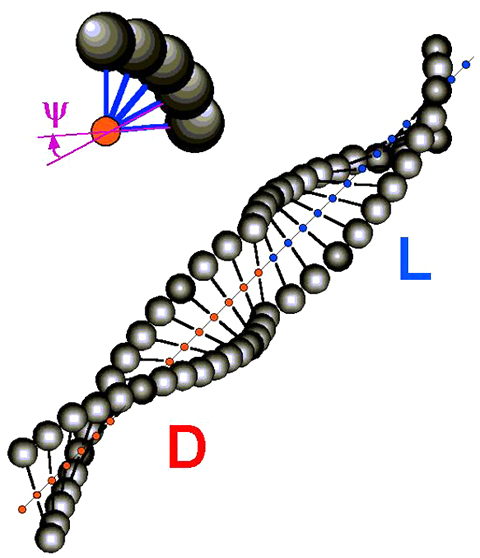EPJE Colloquium – Theories that help us understand self-assembling soft matter with strong interacting groups
- Details
- Published on 12 September 2018

Amphiphilic molecules contain both hydrophilic and lipophilic moieties. When in solution they produce structures coming from cooperative interactions of many functional units acting in synergy. Most self-assembling soft matter systems involve strong specific interactions of functional units leading to qualitatively new structures of highly soluble micellar or fibrillar aggregates. In this EPJ E Colloquium, Nyrkova and Semenov focus on the systems with the incorporated into unimer molecules and discuss the effects of packing frustrations and unimer chirality as well as the origins of spontaneous morphological chirality in the case of achiral unimers. They describe several theoretical approaches (overcoming the limitations of weak interaction models) including the concepts of super-strong segregation, geometrical mismatch and orientational frustration. They also review some recently developed phenomenological theories of surfactant membranes and multiscale hierarchical approaches based on all-atomic modeling of packing structures of amphiphilic molecules with strongly interacting groups.
In particular, the authors discuss self-assembling structures in systems possessing simultaneously several distinct types of groups: solutions of beta-sheet oligopeptides (showing different fibrillar morphologies), aromatic diamide-ester molecules (forming membranes, helical ribbons and tubules), and triarylamine amide derivatives (producing light-controlled supramolecular nanowires).
The concept of strongly interacting groups in self-assembly of soft matter. I.A. Nyrkova and A.N. Semenov (2018), Eur. Phys. J. E 41: 103, DOI 10.1140/epje/i2018-11699-2




